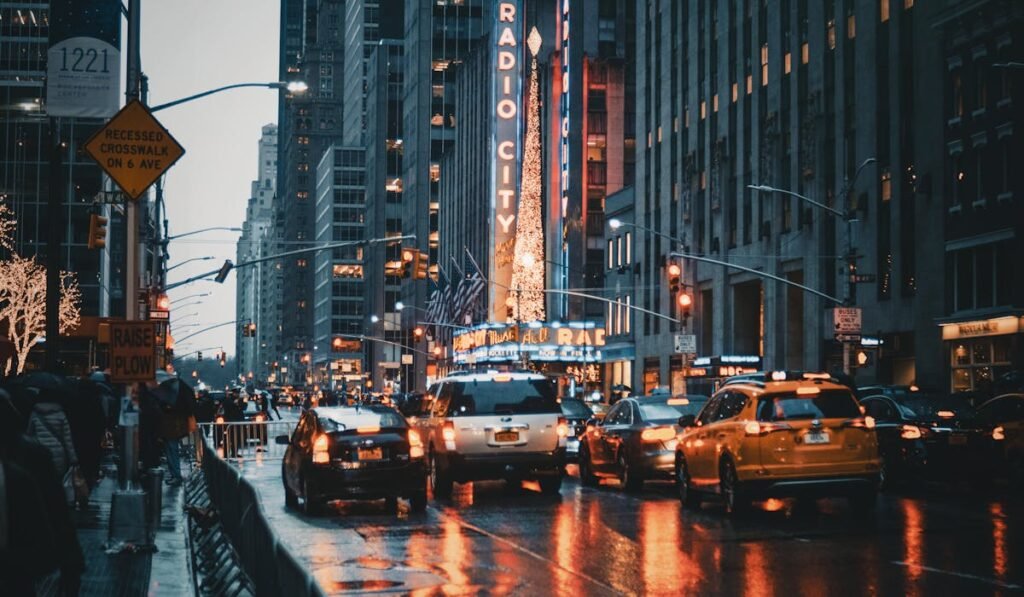Jul 2, 2024
How to Photograph Urban Scenes
Urban photography captures the essence and vibrancy of city life, showcasing architecture, street scenes, people, and cultural elements. Whether you’re exploring bustling streets, iconic landmarks, or hidden corners, mastering the art of urban photography requires a blend of creativity, technical skill, and an eye for capturing the essence of urban environments.

Understanding Urban Photography
Urban photography focuses on capturing the unique character and energy of cities through visual storytelling. It involves documenting urban landscapes, architecture, street life, and the interactions between people and their environments. Urban photographers aim to convey the atmosphere, diversity, and cultural dynamics of urban settings through their images.
Choosing Your Urban Settings
Selecting the right urban settings is crucial for capturing compelling photographs. Explore iconic landmarks, historic neighbourhoods, modern architecture, street markets, and vibrant cultural hubs that define the city’s identity. Look for contrasting elements such as old vs. new, traditional vs. contemporary, and natural vs. man-made to add depth and interest to your urban compositions.
Mastering Composition and Framing
Composition plays a vital role in urban photography, guiding the viewer’s eye through the image and highlighting key elements of the scene. Experiment with framing techniques such as leading lines, symmetry, reflections, and framing within a frame to create visually engaging compositions. Use natural frames like archways, windows, or trees to draw attention to your main subject and add depth to your photographs.
Capturing Street Life and Candid Moments
Street photography is an integral part of urban photography, capturing candid moments, interactions, and daily life in the city. Blend into the environment, observe people’s behaviour and gestures, and anticipate moments that reflect the authentic spirit of urban life. Use a telephoto lens or discreet shooting techniques to capture candid portraits and street scenes without disrupting the natural flow.
Utilizing Light and Shadows
Lighting is crucial in urban photography, influencing mood, atmosphere, and the visual impact of your images. Experiment with natural light during different times of day, such as golden hour for warm, soft light or nighttime for dramatic cityscape shots with illuminated buildings and streets. Embrace shadows to create depth, contrast, and intrigue within your urban compositions.
Enhancing Urban Details and Textures
Pay attention to details and textures that define urban environments. Capture architectural details, street art, graffiti, textures of building facades, or intricate patterns in urban landscapes. Use close-up shots and selective focus to emphasize these details, adding authenticity and storytelling elements to your urban photographs.
Editing Urban Photographs Effectively
Post-processing is essential for refining and enhancing urban photographs. Use editing software to adjust exposure, contrast, colour balance, and sharpness to achieve the desired mood and visual impact. Pay attention to preserving the authenticity of the scene while enhancing its appeal and vibrancy. Experiment with black-and-white conversions, filters, and creative effects to emphasize the urban character of your photographs.
Conclusion
Photographing urban scenes offers endless opportunities for creativity and storytelling, capturing the dynamic spirit and cultural diversity of cities around the world. By understanding urban photography principles, selecting compelling settings, mastering composition techniques, capturing street life, utilizing light and shadows, emphasizing details, and editing effectively, you can create captivating images that reflect the essence of urban environments. Embrace the energy and uniqueness of urban life through your lens, capturing moments that inspire, provoke thought, and celebrate the vibrant tapestry of city living.
More Details
